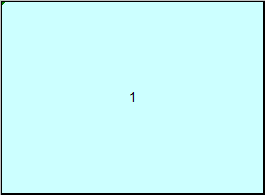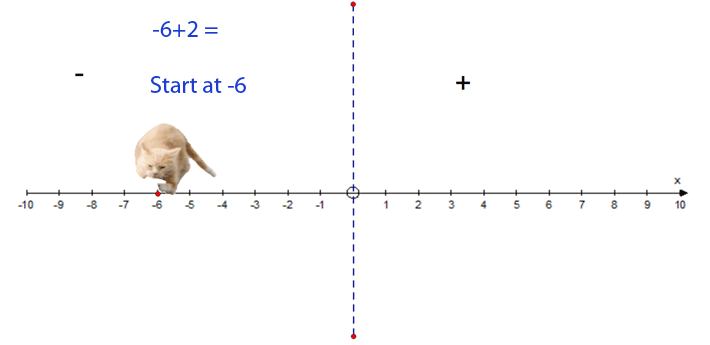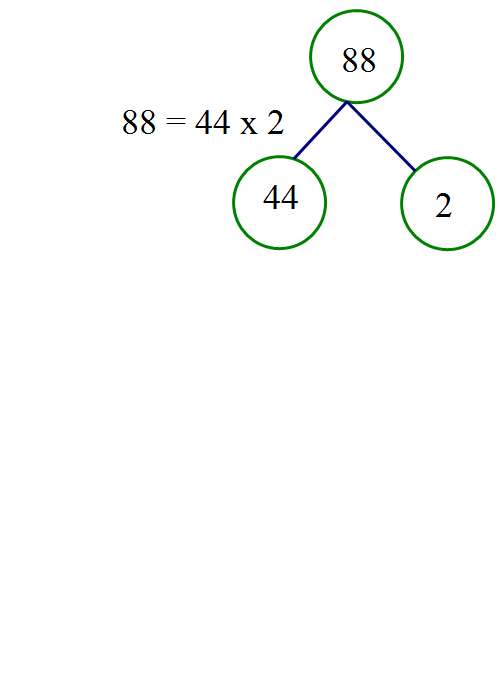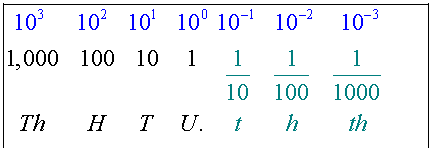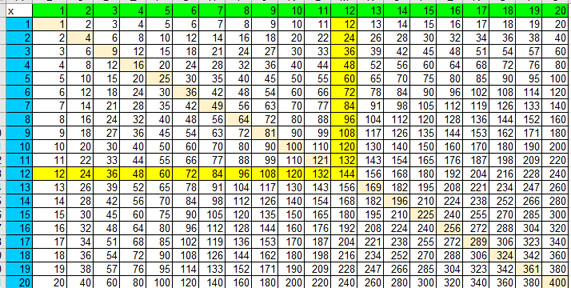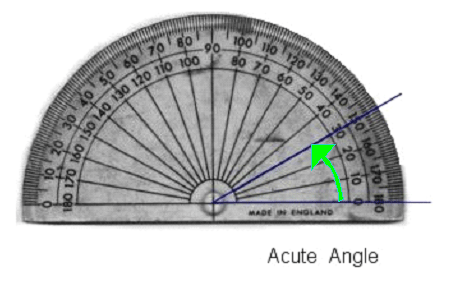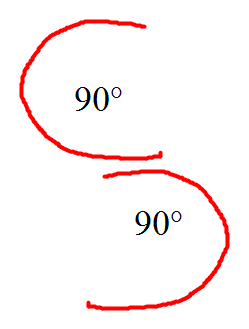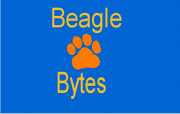Broad General Education Mathematics
Secondary 1 to 3
Content initially studied at S3 is marked S3 C
Old menu for S1, S2 and S3Number, Money and Measure
Algebra
Measure, Perimeter , Area and Volume
Decimals
Fractions
Integers
Money and Finance
Multiples, factors and primes
Percentages
Ratio
Sequences and Formulae
Simultaneous Equations
Standard Form and Significant Figures
The Straight Line
Whole Numbers
Shape, Position and Movement
Angles
Circles
Compass points and bearing
Information Handling

Charts
Probability
Statistics
Course Overview and Learning Outcomes
For the purposes of this website, differentiated learning intentions for S1 and S2 are presented as groups A, B and C (easiest to hardest )
in a suggested order of topics :
S1 A Learning Intentions and Target Sheet S1 B Learning Intentions and Target Sheet S1 C Learning Intentions and Target Sheet
S2 A Learning Intentions and Target Sheet S2 B Learning Intentions and Target Sheet S2 C Learning Intentions and Target Sheet
Representation of BGE maths progression content equivalence :

Content initially studied at S3 is marked S3 C
Education Scotland :Broad general education Education Scotland :BGE Experiences & OutcomesNext steps : Choices for progression
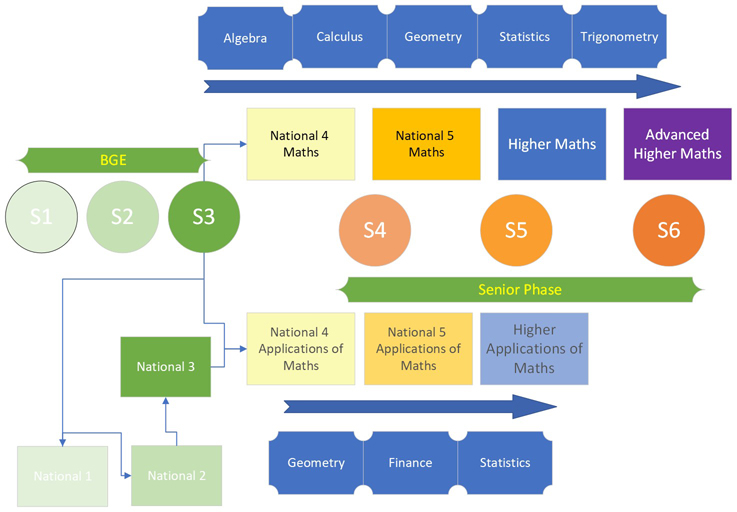
National 4 Maths
National 5 Maths
National 1 National 2 National 3
National 4 Applications
National 5 Applications

